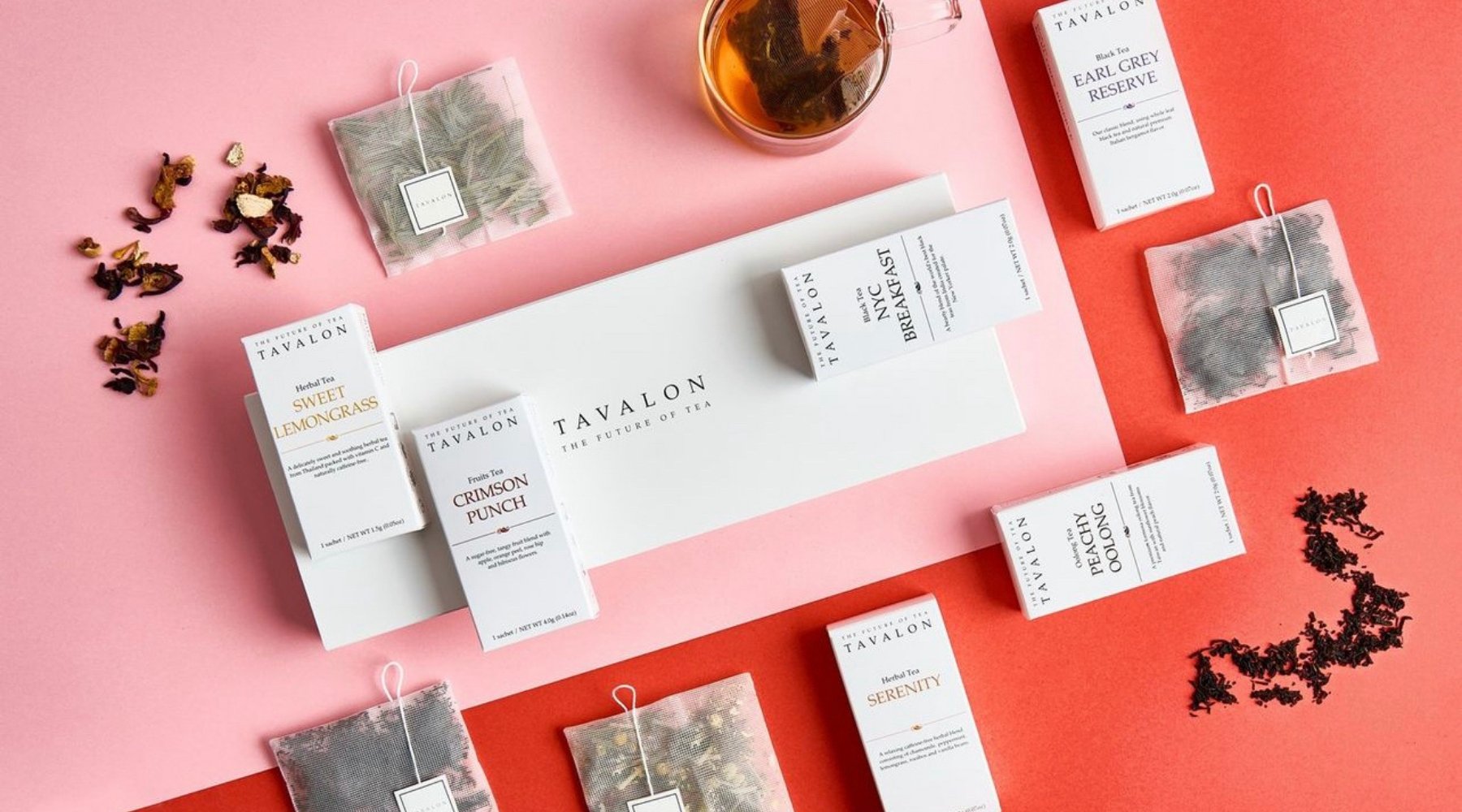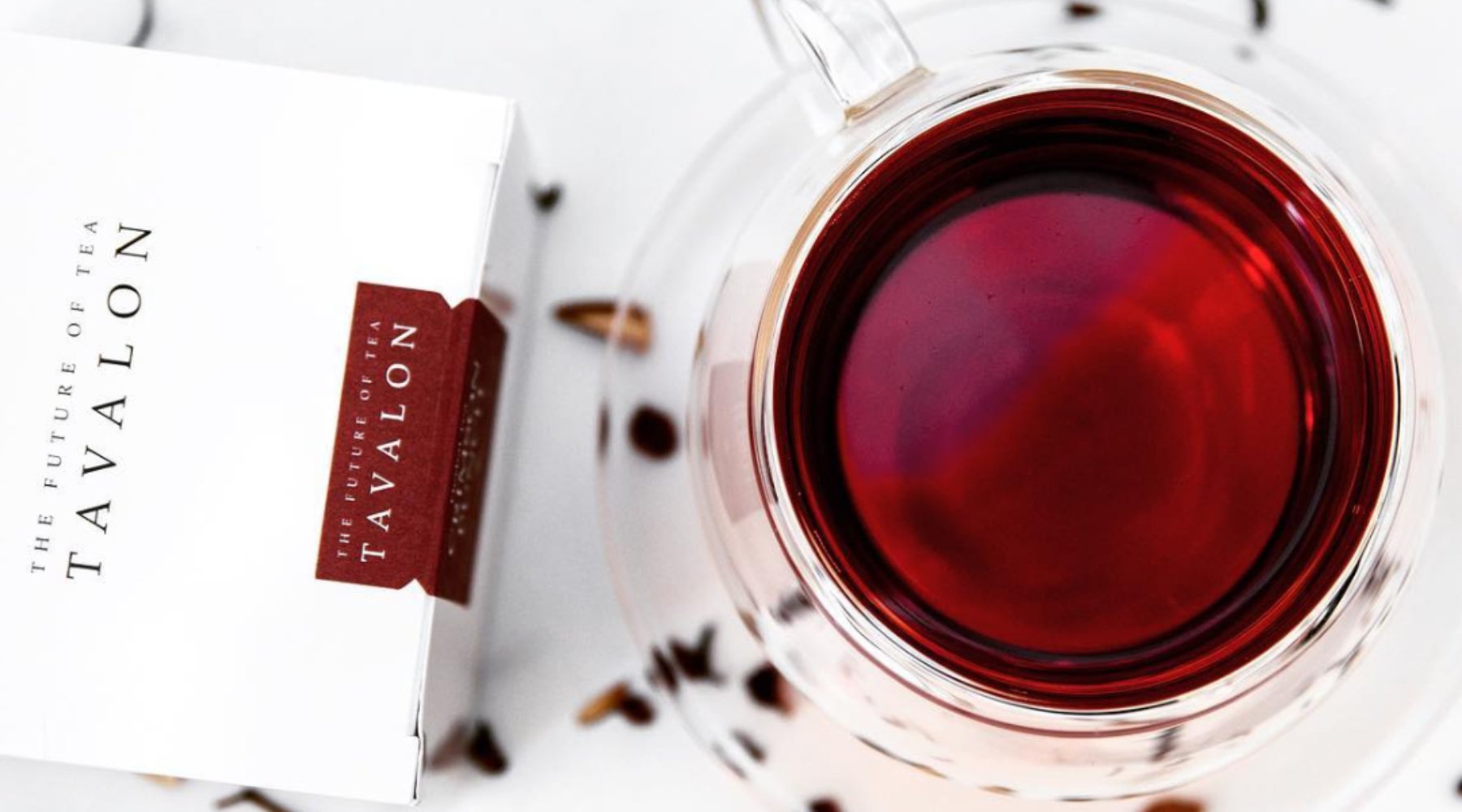
Lesson #6: Tea Bags and Loose Leaf Tea
In this next lesson, we will tackle one of the most difficult problems facing modern tea: the popularity (and inferiority) of most tea bags.
Nowadays, tea bags make up about 45% of all tea sales in Australia; meanwhile, it's only 4% for loose leaf teas.
What Is Tea Bag?
Tea bags, however popular, usually contain the cheapest tea available (such as dust and fannings), producing little more than a brown-coloured liquid. Doesn't sound too appetising, huh? Because of this popular standard, it's not surprising that tea's popularity has gone down.
Although a relatively new invention, it has now become the tea's spokesperson. But this low-quality product was not always the norm for tea.
History of Tea Bag
When the first leaf fell in Shen Nung's cup, did it have a labelled string attached? We think not. For centuries, people enjoyed the teas in loose form, using a variety of different methods to separate the leaves from the water.
There have been several ancient books recovered which provide detailed instructions and advice on how to best enjoy tea. The most famous of these instructions was recorded around 800 AD by Chinese philosopher Lu Yu, called the Ch'a Ching. As you may expect, there are no passages saying that the tea should be "removed from the wrapper by pulling the string."
Hand-sewn silk muslin bags were the first tea bags. Thomas Sullivan, who was a tea and coffee merchant from New York City, tried to cut costs by sending loose tea in small silk sacks (instead of costly tins, which most merchants often used).
Potential clients, who were not familiar with this new packaging, threw the tea in hot water, including the bag. Thomas started getting many requests for these "teabags" and realised that he had struck gold. The quick and easy clean-up of the leaves (because they were still contained in the silk bag) made it enticingly convenient. Teabags first began appearing commercially around 1904, and quickly shipped around the world.
Unfortunately, however, this convenience came at a high price: flavour.
Problem with Using Tea Bags
Using bags created the problem with the leaves. In order for a tea leaf to fully infuse all its flavour, it needs a great deal of room to expand. Because teas in teabags have less leg room, the quality was reduced.
What was the solution? Smaller leaves. This way, they needed less room to enlarge. Due to the fact that they were hidden behind a silk screen anyway, little attention was given to this fact.
With this decision, the slippery slope of tea began. Because size does not have much importance, merchants could include much cheaper grades of tea known as "fannings" or "dust."
These are the lowest level that tea can achieve, found at the bottom of the tea barrels-sure, they'll add colour to your cup, but not nearly as much flavour. Afterwards, these companies began to wrap the "leaves" in paper filters. These filters are a much cheaper alternative that didn't allow water to flow through the cup as easily, disintegrating even more quality.
This state of tea mediocrity has now plagued the West for several decades. Most supermarkets still offer these inferior products, leaving most consumers to believe that these are all that's available. This is a far comparison from the abundance of flavour and intoxicating aroma found in a cup of full-leaf gourmet tea.
A complete renovation of the Western mindset on tea may seem like a long shot, but that is just what Tavalon is trying to do.
At Tavalon, we go above and beyond to ensure that every cup of tea brewed from our teabags is a truly exceptional experience. Unlike traditional teabags that often contain low-grade tea dust and fannings, we use only the finest, original, premium whole loose leaf teas in our teabags.
PLA and SOILON® Teabags
Our teabags crafted with utmost care and attention to detail. Classic low-quality teabags are a thing of the past to us. Tavalon's teabags are made using innovative materials like PLA (polylactic acid) and SOILON®, ensuring a superior tea-drinking experience.
One of the key features that set Tavalon's teabags apart is the use of PLA, a biodegradable and compostable material derived from renewable resources like cornstarch. This eco-friendly choice reflects our commitment to sustainability and reducing environmental impact while producing the ideal flavours and aromas of your favourite teas.
The pyramid shape of our teabags allows for optimal infusion and ample space for the tea leaves to expand, ensuring a rich and robust brew. This design promotes the release of essential oils and extracts, resulting in a fuller-bodied cup of tea with a more pronounced flavour profile.
Moreover, our teabags are made from SOILON®, a high-quality, non-toxic material that doesn't interfere with the taste or quality of the tea. This ensures that you experience the purest essence of our premium tea blends without any unwanted aftertastes or contaminants.
Remember: There once was a time when the choice of coffee ranged from Folgers to Sanka. Then, Starbucks came along to show better options. The same is true of tea. Most folks are no longer drinking Sanka. Once they try gourmet-quality tea, we’re sure that most folks won’t want to drink anything currently sold in the supermarket either.
Know what you're missing. Have a taste of luxury Tavalon Tea here.



Leave a comment
This site is protected by hCaptcha and the hCaptcha Privacy Policy and Terms of Service apply.